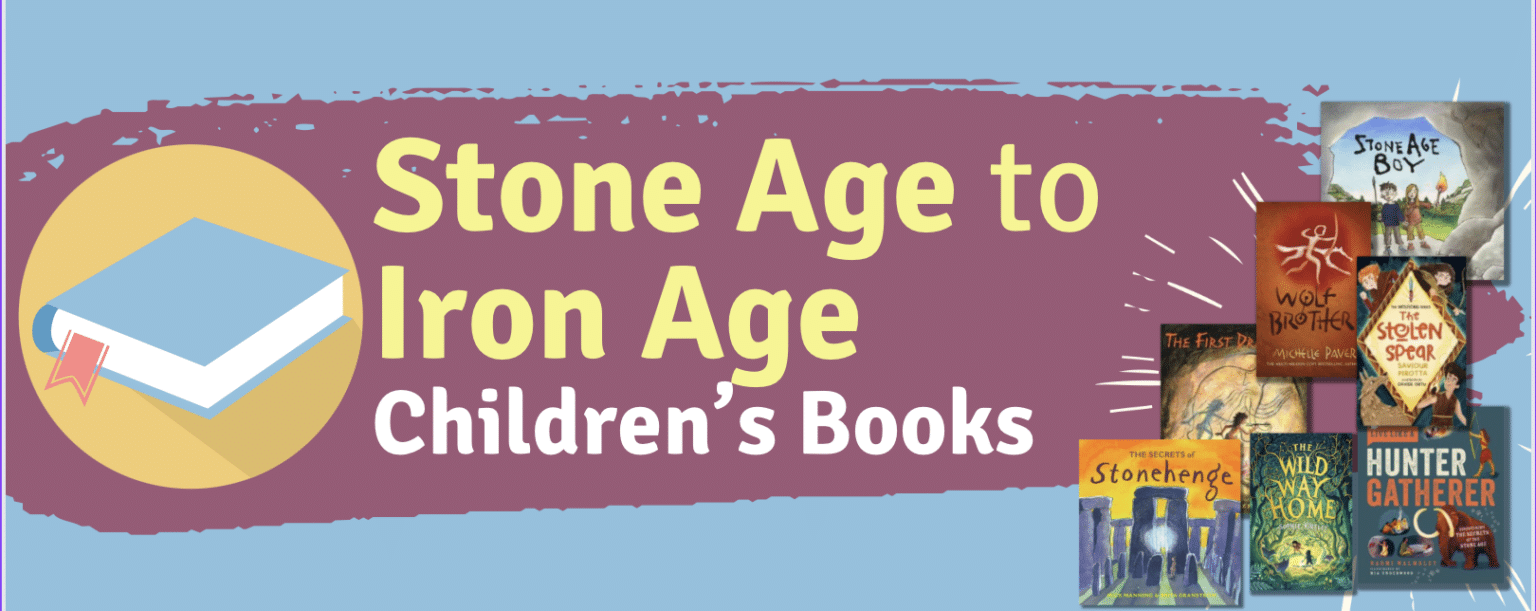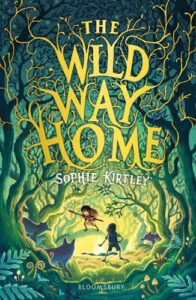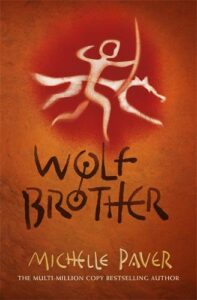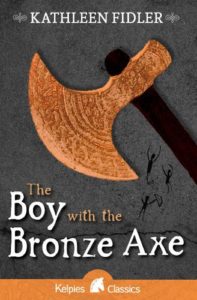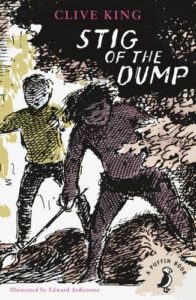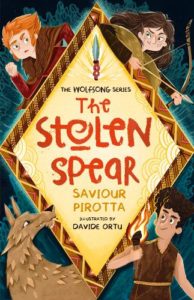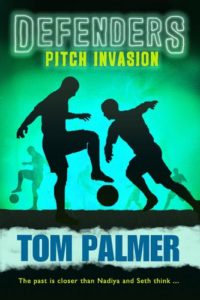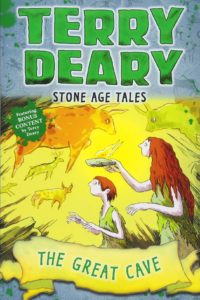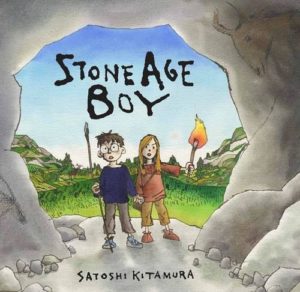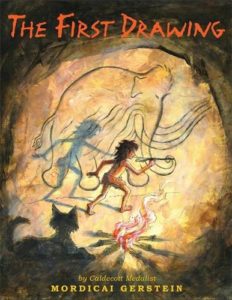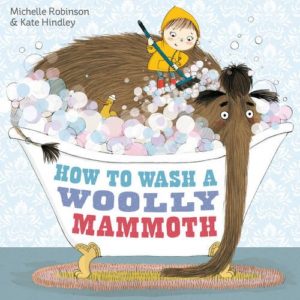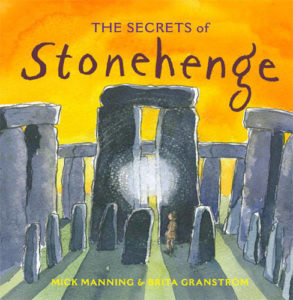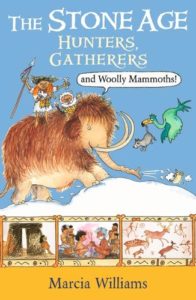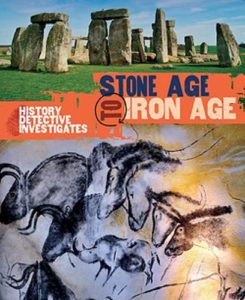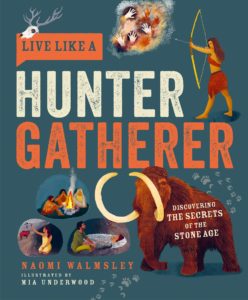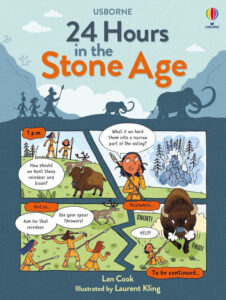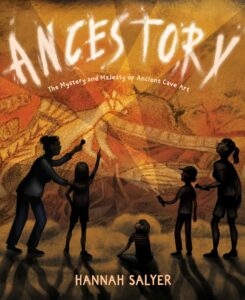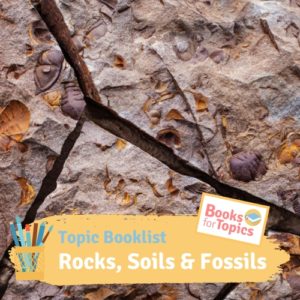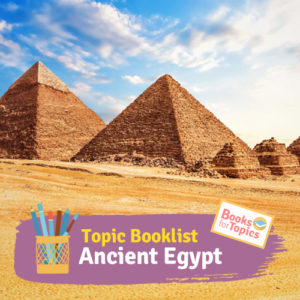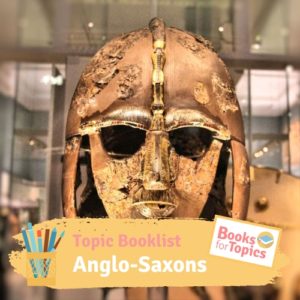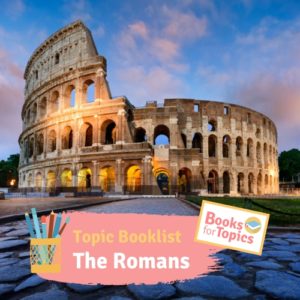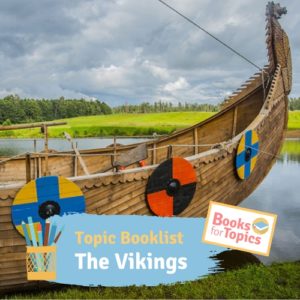A well-loved option for a class reader or chapter book to study at KS2 is Clive King’s Stig of the Dump, which is a classic children’s novel about a young boy who encounters a strange cave-dwelling creature called Stig. Stig takes the boy on a series of fantastic adventures into prehistoric times. Many teachers enjoy the opportunity to introduce pupils to a classic text, and there is also an accompanying Read & Respond book to help teachers with planning.
For a less demanding read at lower KS2, you may wish to try the Stone Age tales by Horrible Histories author Terry Deary, which are short, fun chapter books offering prehistoric stories based on real historical and archaeological evidence, or Saviour Pirotta’s The Stolen Spear.
For Upper KS2 or more mature readers, Sophie Kirtley’s The Wild Way Home offers a wildly heartfelt timeslip adventure that takes readers back to the Stone Age to explore themes of family, courage, loss and what it means to be human. This is an exciting narrative that will be lapped up by mature readers who are ready for a roller coaster of adrenaline and who can handle difficult themes, including infant illness. Michelle Paver’s Wolf Brother series is also a firm favourite with Upper KS2, which is a gripping children’s series that takes us back in time 6000 years as twelve-year-old Torak and his wolf cub journey through the prehistoric landscape.
The BooksforTopics Stone Age Booklist has everything you need to make your history topic a mammoth success! Schools can buy full packs of the books via Peters.
Are there any children’s books set in the Bronze Age?
While the Stone Age tends to dominate this topic in classrooms, the Bronze Age is also part of the curriculum specifications. We have a couple of tried-and-tested book recommendations that span the change from the end of the Stone Age (Neolithic Period) through to the start of the Bronze Age.
A chapter book that sums up the achievements of the age well is Kathleen Fidler’s The Boy with the Bronze Axe. Set in the Scottish settlement of Skara Brae at the very end of the Stone Age and just before the dawn of the Bronze Age, The Boy with the Bronze Axe is a well-researched story filled with exciting challenges and mysteries. Perfect for confident readers or as a class novel, the book leads well into exploring the changes between the Neolithic period and the discovery of bronze. As characters who had only ever seen stone tools respond to bronze, there is an opportunity to consider what the discovery meant to people who had never seen it before and why it had a such an impact on prehistoric lifestyle.
A much-loved non-fiction choice that also spans across the Neolithic period and the Bronze Age is The Secrets of Stonehenge by Mick Manning & Brita Granström. Built over hundreds of years, Stonehenge is one of the most famous monuments from prehistoric times. Historians believe that construction began in the late Neolithic Age and work continued over the next thousand years, with people making many changes to the monument well into the Bronze Age.
Which children’s books are set in the Iron Age?
Children’s books set during the Iron Age tend to focus on the warring nature of tribes, on life in hillforts or on the cross-over with the Roman period. Bestselling author Tom Palmer’s Pitch Invasion is a book about a boy called Seth who encounters visions of severed heads raised high on spikes surrounding an Iron Age hill fort. Seth discovers that the heads were a means of keeping intruders out of the hill fort in Iron Age times and must find a way to face the horrors of the past that echo through the ages. There are plenty of gruesome moments in this story – but it is an exciting and gripping one too. Author Tom Palmer provides supporting materials like quizzes and videos on his website.
The cross-over between Iron Age culture and Roman Britain is explored in-depth in Caroline Lawrence’s The Archers of Isca. We would recommend this book for mature upper KS2 readers and above – a very good opportunity perhaps to extend more able historians to explore cross-over between periods of study.
Are Stone Age topic lesson plans or resources available for any of these books?
Some of our selected books also feature downloadable resources including worksheets or teaching packs provided by our publishing partners. Teachers looking for Stone Age to Iron Age KS2 planning or guided reading notes could try the Educational Resource Pack that comes with The Wild Way Home, which offers an ideal learning resource for children in upper KS2. It includes extracts from the text, with corresponding reflection questions and activities to keep children engaged in the classroom or at home.
Teacher notes are also available for Terry Deary’s Stone Age Tales including discussion questions that could be used for whole class reading or guided reading planning.
For Year 3 or Year 4 Stone Age planning, we recommend the lesson plans produced by KS2History to accompany Stone Age Boy, which forms a 2-week literacy unit for lower KS2. A complete Stone Age to Iron Age KS2 history unit is also available from the same website.







